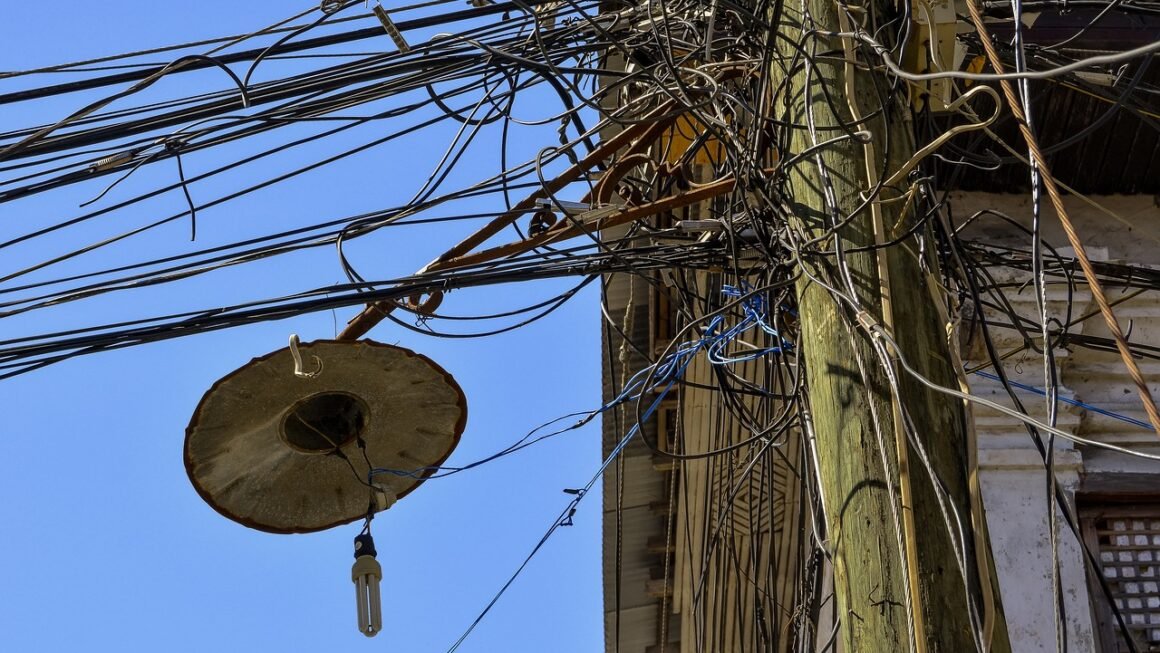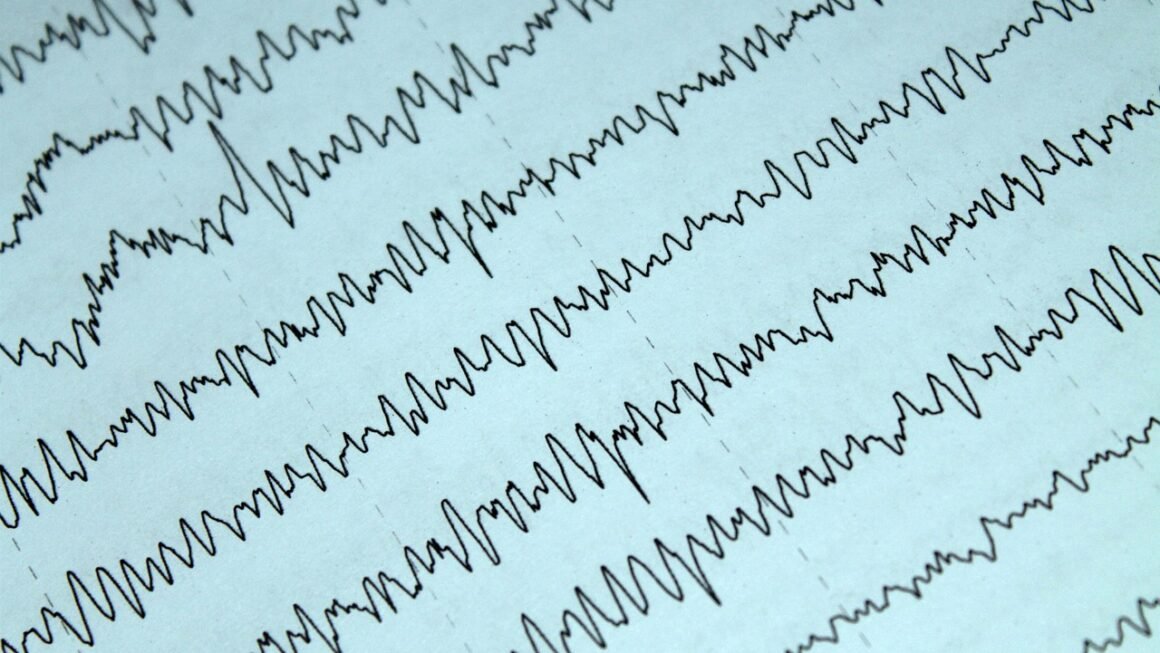The world shrunk dramatically with the advent of GPS navigation. No longer confined to paper maps and asking for directions, we can pinpoint our location and navigate to virtually anywhere with incredible accuracy. From guiding commercial flights to helping us find the nearest coffee shop, GPS technology has become an indispensable part of modern life. This comprehensive guide delves into the intricacies of GPS navigation, exploring its history, technology, applications, and future.
Understanding GPS Technology
The Basics of GPS
GPS, or Global Positioning System, is a satellite-based radio-navigation system owned by the U.S. government and operated by the United States Space Force. It provides geolocation and time information to a GPS receiver anywhere on or near the Earth where there is an unobstructed line of sight to four or more GPS satellites. The system works using a principle called trilateration.
- Trilateration: GPS receivers determine their location by measuring the distance to at least four GPS satellites. Each satellite transmits signals containing its location and the time the signal was sent. The receiver calculates the distance to each satellite by measuring the time it takes for the signal to arrive. By knowing the distance to several satellites, the receiver can pinpoint its precise location in three dimensions (latitude, longitude, and altitude).
Key Components of the GPS System
The GPS system consists of three major components:
- Space Segment: This consists of a constellation of at least 24 operational satellites orbiting the Earth at an altitude of approximately 20,200 kilometers (12,600 miles). These satellites continuously transmit signals.
- Control Segment: This segment consists of a global network of ground-based monitoring stations that track the GPS satellites, monitor their signals, and upload corrections to ensure accuracy. The Master Control Station is located at Schriever Space Force Base in Colorado.
- User Segment: This includes GPS receivers, such as those found in smartphones, car navigation systems, and surveying equipment. These receivers process the signals from the satellites to determine their position, velocity, and time.
Accuracy and Limitations
While GPS is remarkably accurate, several factors can affect its performance:
- Atmospheric Conditions: Changes in the ionosphere and troposphere can delay or distort GPS signals, reducing accuracy.
- Obstructions: Buildings, trees, and terrain can block or weaken GPS signals, leading to inaccurate readings or loss of signal.
- Multipath Error: This occurs when GPS signals bounce off surfaces before reaching the receiver, causing errors in distance measurements.
- Selective Availability (SA): Previously, the U.S. government intentionally degraded the accuracy of GPS signals for civilian use. However, SA was discontinued in 2000, significantly improving GPS accuracy for everyone. Differential GPS (DGPS) and other augmentation systems like WAAS (Wide Area Augmentation System) can further improve accuracy by correcting for errors. DGPS can provide accuracy down to centimeters.
How GPS Navigation Works
The Process of Acquiring a Fix
When a GPS receiver is turned on, it goes through a process of acquiring a “fix,” which means determining its current location. This process involves the following steps:
- Satellite Acquisition: The receiver searches for signals from GPS satellites.
- Signal Decoding: Once a signal is acquired, the receiver decodes the information contained within, including the satellite’s position and the time the signal was transmitted.
- Distance Calculation: The receiver calculates the distance to each satellite based on the time it took for the signal to travel from the satellite to the receiver.
- Position Calculation: Using trilateration, the receiver calculates its position in three dimensions.
Navigation Algorithms and Routing
Once a location is determined, the navigation system can use algorithms to plan a route to a specified destination. These algorithms consider several factors, including:
- Road Network Data: GPS navigation systems rely on detailed maps of roads, highways, and other routes.
- Traffic Conditions: Many systems incorporate real-time traffic data to avoid congestion and optimize routes.
- User Preferences: Navigation systems often allow users to specify preferences such as avoiding tolls, highways, or ferries.
- Points of Interest (POI): GPS databases contain information on millions of POIs, such as restaurants, gas stations, and hotels.
Practical Example: Planning a Road Trip
Imagine planning a road trip from New York City to Los Angeles. Using a GPS navigation app on your smartphone:
Applications of GPS Navigation
Transportation and Logistics
GPS navigation has revolutionized the transportation and logistics industries.
- Fleet Management: Companies use GPS tracking to monitor the location and performance of their vehicles, improving efficiency and reducing costs.
- Delivery Services: GPS navigation ensures timely and accurate delivery of goods, from packages to food orders.
- Autonomous Vehicles: Self-driving cars rely heavily on GPS navigation for positioning and navigation.
Surveying and Mapping
GPS technology is essential for accurate surveying and mapping.
- Land Surveying: Surveyors use GPS to precisely measure land boundaries and create accurate maps.
- Geographic Information Systems (GIS): GPS data is used to create and maintain GIS databases, which are used for a wide range of applications, including urban planning, resource management, and environmental monitoring.
- Construction: GPS is used to guide construction equipment and ensure that projects are built according to specifications.
Emergency Services
GPS navigation plays a critical role in emergency response.
- Search and Rescue: GPS is used to locate missing persons, particularly in remote or wilderness areas.
- Emergency Response: Emergency responders use GPS to quickly navigate to the scene of an accident or disaster.
- Enhanced 911 (E911): E911 systems use GPS to provide dispatchers with the location of callers, enabling faster and more effective emergency response.
Recreational Activities
GPS navigation enhances many recreational activities.
- Hiking and Backpacking: GPS devices and apps help hikers navigate trails and track their progress.
- Geocaching: Geocaching is an outdoor treasure hunting game that uses GPS coordinates to locate hidden containers called “geocaches.”
- Boating and Sailing: GPS navigation is essential for safe and efficient navigation on the water.
The Future of GPS Navigation
Advancements in Technology
GPS technology continues to evolve, with advancements in accuracy, reliability, and integration.
- Next-Generation GPS (GPS III): The GPS III satellites feature improved accuracy, signal strength, and anti-jamming capabilities.
- Integration with Other Technologies: GPS is increasingly integrated with other technologies, such as inertial measurement units (IMUs) and visual odometry, to improve accuracy and reliability in challenging environments.
- L5 Signal: The L5 signal, transmitted by newer GPS satellites, provides improved accuracy and resistance to interference.
Alternative Navigation Systems
While GPS is the most widely used global navigation satellite system (GNSS), several other systems are available or under development.
- GLONASS (Russia): GLONASS is a Russian GNSS that provides global coverage similar to GPS.
- Galileo (European Union): Galileo is a European GNSS that offers improved accuracy and reliability compared to GPS.
- BeiDou (China): BeiDou is a Chinese GNSS that is rapidly expanding its coverage and capabilities.
- Augmented GPS: Systems like WAAS, EGNOS (Europe) and MSAS (Japan) augment GPS signals to improve accuracy for civilian purposes.
Impact on Society
GPS navigation will continue to have a profound impact on society.
- Increased Efficiency: GPS navigation will continue to improve efficiency in various sectors, including transportation, logistics, and agriculture.
- New Applications: New applications of GPS technology will emerge, such as augmented reality navigation and precision agriculture.
- Autonomous Systems: GPS will play a critical role in the development and deployment of autonomous systems, such as self-driving cars and drones.
Conclusion
GPS navigation has transformed the way we navigate and interact with the world. From its origins as a military technology, GPS has become an indispensable tool for businesses, individuals, and emergency services. As GPS technology continues to advance, its impact on society will only grow, shaping the future of transportation, mapping, and countless other applications. Understanding the principles and applications of GPS is essential for navigating the modern world and harnessing the power of this remarkable technology. Whether you are planning a road trip, surveying land, or responding to an emergency, GPS navigation provides the accuracy, reliability, and convenience you need to succeed.




